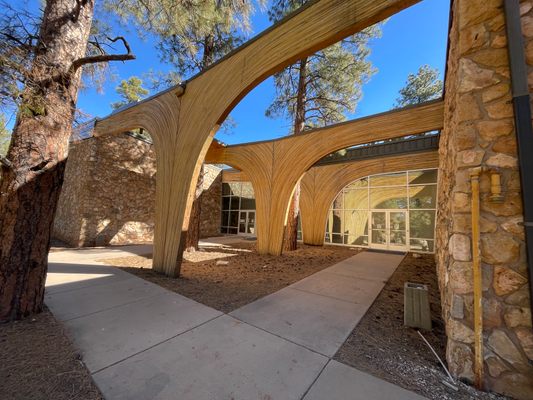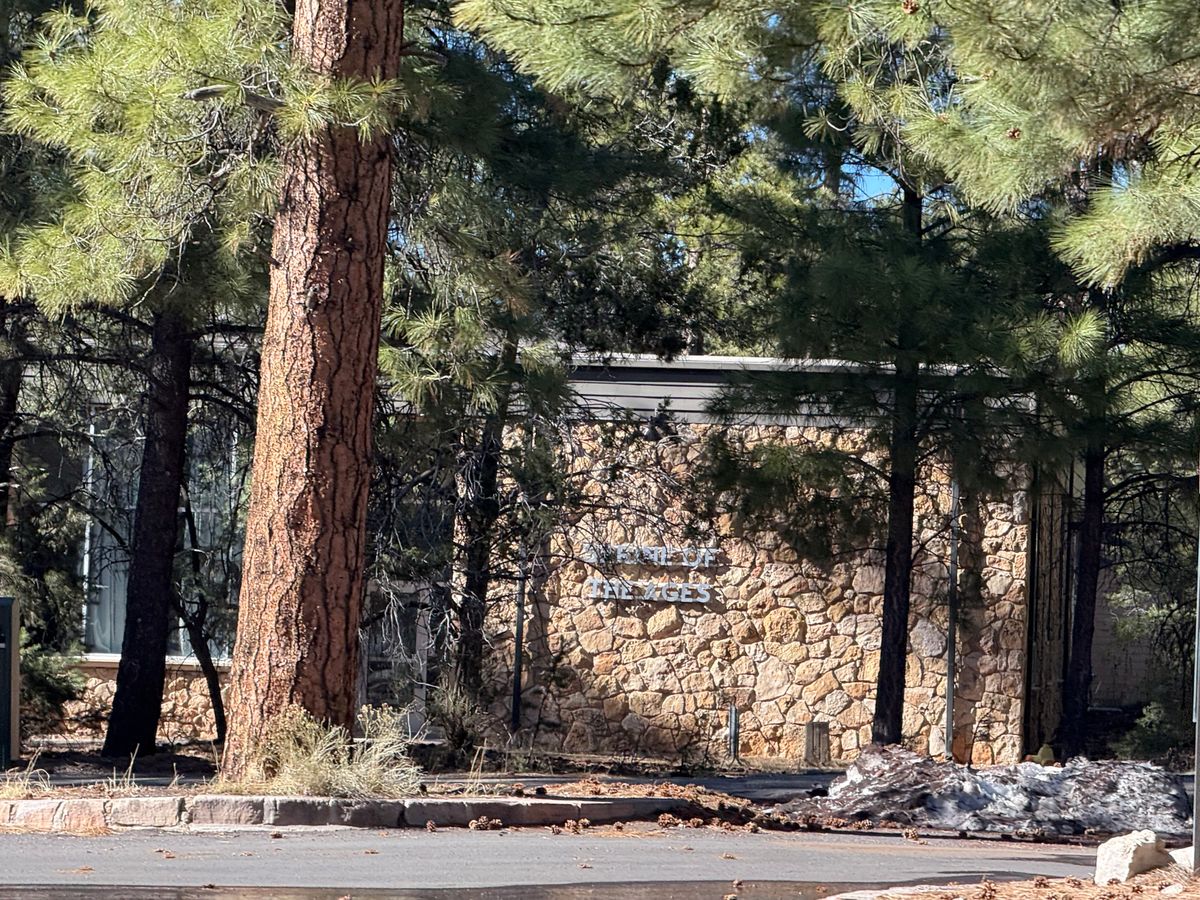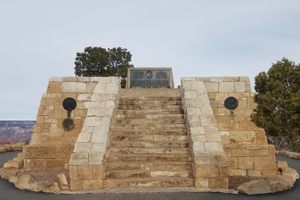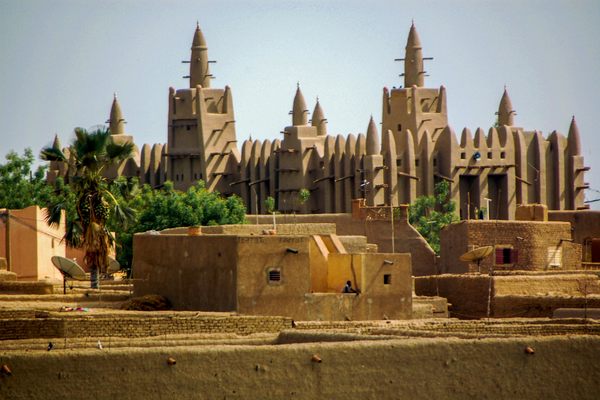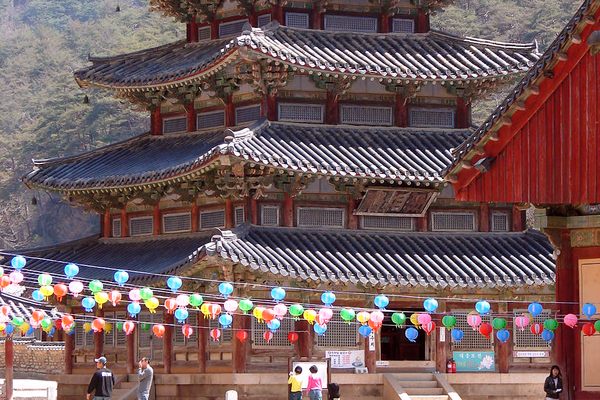About
Not far from the south rim of the Grand Canyon, a small building stands among a grove of ponderosa pines. Now a multipurpose center, it was envisioned as a grand, multi-faith chapel with impressive canyon views. Known as the Shrine of the Ages, this building's story dates back more than a century.
The idea of an interfaith chapel at the Grand Canyon was proposed as early as 1917—even before the canyon was formally established as a national park in 1919. Several decades passed before plans were actually drawn up. In 1952, a corporation made up of representatives from Catholic, Jewish, and Protestant groups came together to put together resources to build what they would call the Shrine of the Ages. They proposed building a permanent structure near a site on the canyon rim that was already being used for religious services.
Harold E. Wagoner was selected as the architect of the shrine. He was tasked with designing a center that could be used by all faiths, respected the surrounding environment, and honored the history and culture of the region's Native American tribes. Wagoner's plans were inspired by the kiva, a type building commonly used by Pueblo Native Americans in the Southwest.
According to Wagoner's original plan, the shrine was to house an auditorium, where a massive window would provide a sweeping view of the canyon. Altar configurations for different types of services would be raised and lowered via a hydraulic lift, and an organ would have wind chests and pipes located at different sections of the chapels.
But Wagoner's dream for the shrine proved a bit too ambitious, and conservationists raised concerns about structure's location on the rim of the canyon. The chapel was redesigned and relocated to a site near the Grand Canyon Pioneer Cemetery, which serves as a resting place for many early settlers.
By 1970, construction finished on the Shrine of the Ages. In 1975, the National Park Service took ownership of the building. Today, it's a not just a chapel but a multi-purpose building used for educational sessions, concerts, private events, and religious services.
Related Tags
Know Before You Go
The free Village Route Shuttle stops in front of the Shrine of the Ages.
Community Contributors
Added By
Published
March 1, 2020












